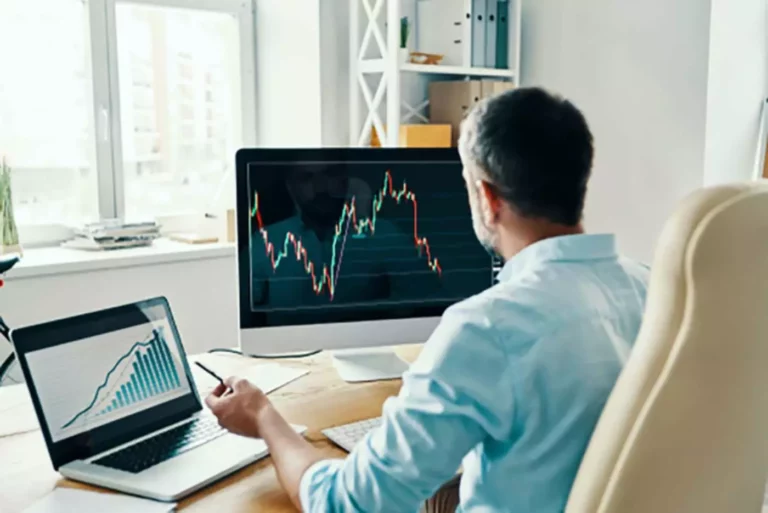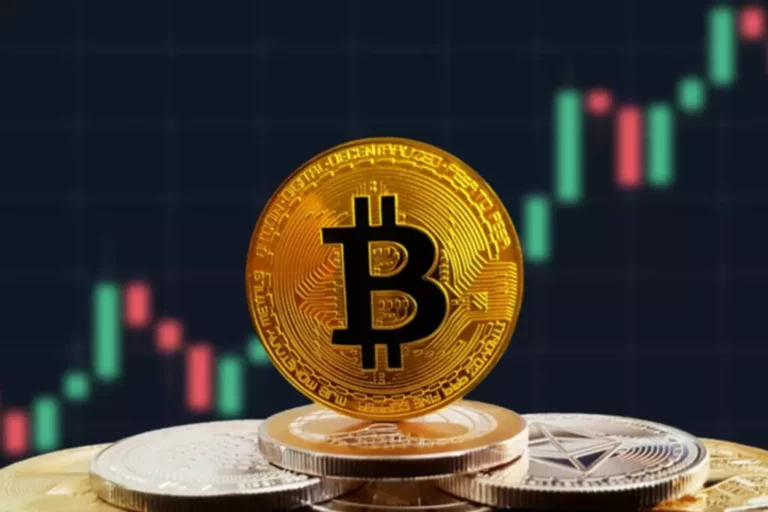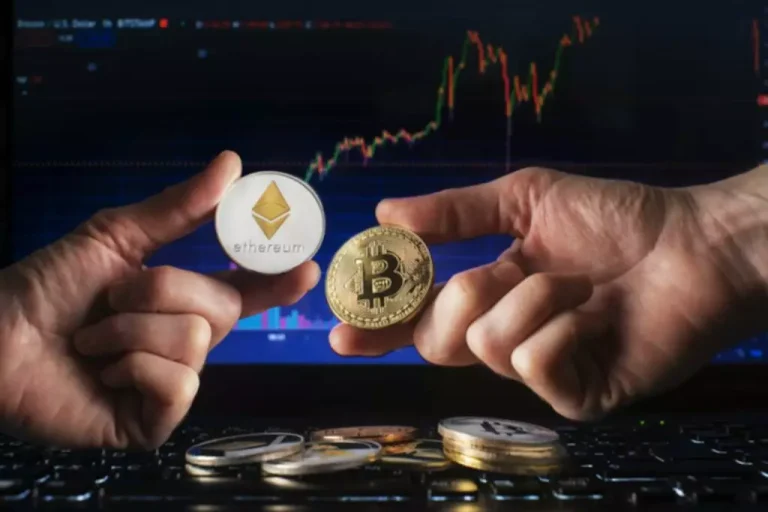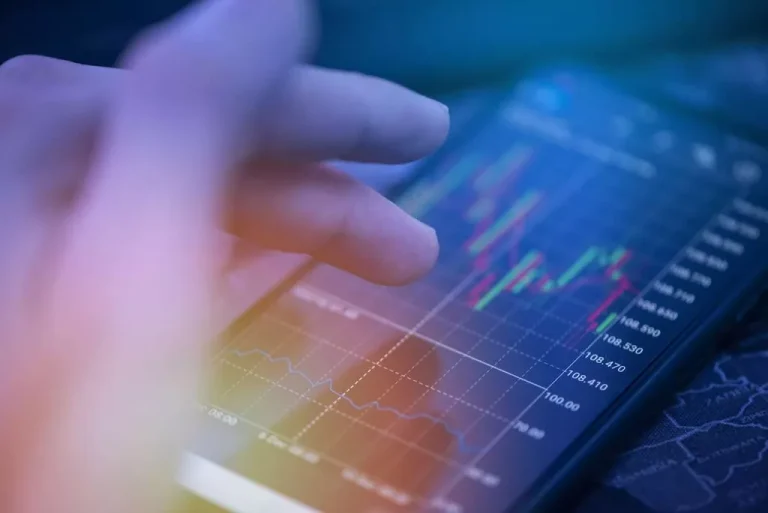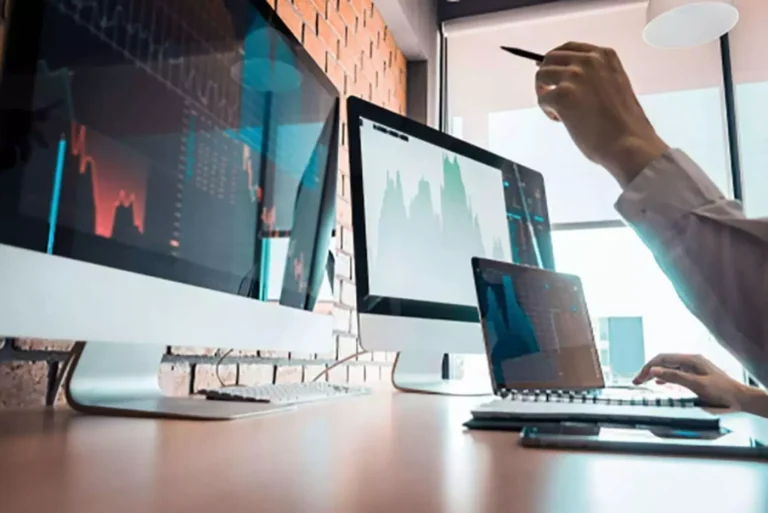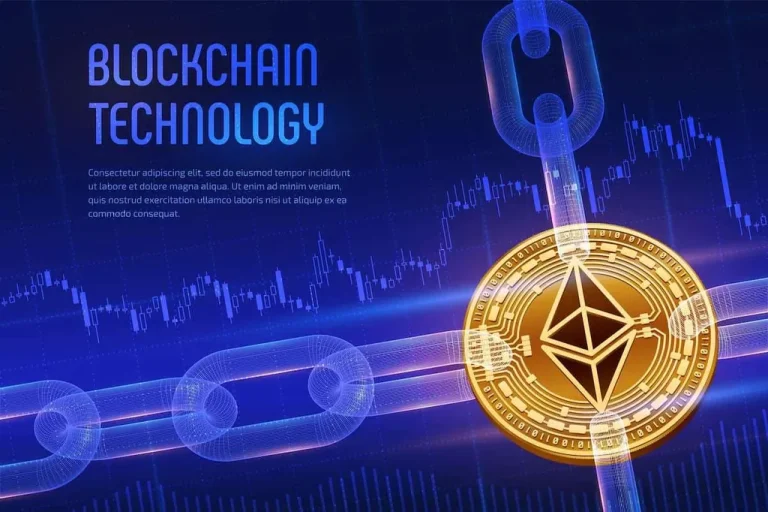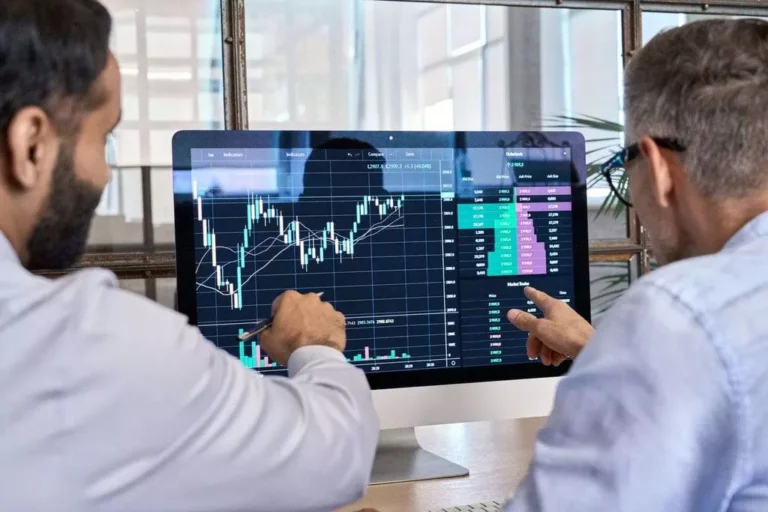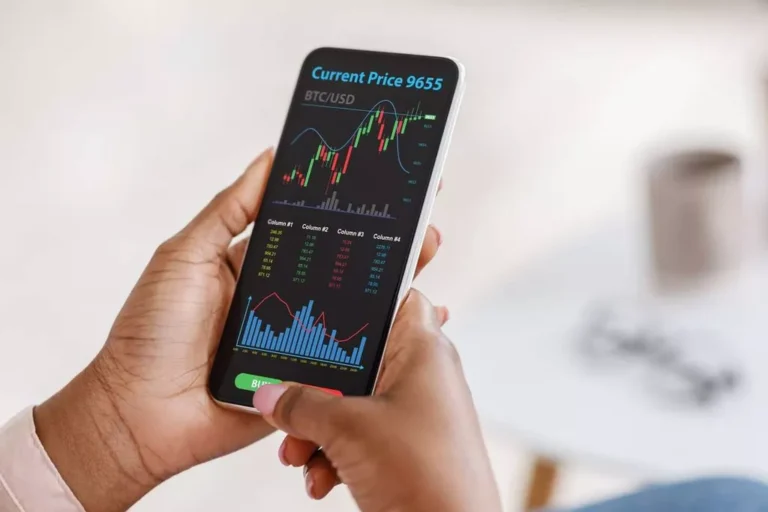How To Combat Cryptocurrency-related Money Laundering
This anonymity allows criminals to simply transfer cash across borders with out the necessity for intermediaries, making it troublesome to trace the origin of the funds. Crypto exchanges are susceptible to large-scale financial crime, this was illustrated in 2019 when $4.26 billion was stolen from bitcoin users and exchanges. Once malicious users register with exchanges, they can be susceptible kyc meaning crypto to hacks, frauds, and phishing. Big data has helped business enterprises transfer away from merely tracking financial crime on the transaction degree however enabling connections to detect the pattern in the voluminous data. Additionally, the continually evolving regulatory panorama additional complicates the KYC necessities for crypto companies.
What Is Aml, And Why Does It Matter?
The Financial Action Task Force (FATF), in October 2021, issued an updated https://www.xcritical.in/ “Guidance for a risk-based method to Virtual Assets (or “crypto-assets”) and Virtual Asset Service Providers” (or “crypto-asset service providers”). The guidance provides clarifications on what constitutes a “virtual asset” and a “virtual asset service provider” to enable international locations and entities to identify which crypto-related actions fall beneath the scope of AML rules. KYC implementation exhibits a VASP’s commitment to AML/CTF and enhances business reputation among partners and customers. Compliance with KYC and AML rules additionally strengthens the benefit of doing business with crypto exchanges.
Guide On Tips On How To Open A Checking Account For Crypto Trade
The transparency that blockchain know-how offers has made cryptocurrencies in style with the darknet and different organised crime groups. The creation of Bitcoin in 2009[2] marked the beginning of the cryptocurrency period. The aim of this kind of fully digital cash was to seriously undermine the position that the government-backed central banking system performs in managing fiat currencies. A comparability of a number of cryptocurrency frameworks from internationally Initial exchange offering with reference to India is a part of the research. According to this study, cryptocurrencies are perfect for money laundering as a outcome of they don’t require location or personal data, giving their homeowners some degree of anonymity. When this operate is used, there is a lessened probability that illegal activity might be discovered and looked into by regulation enforcement.

The Role Of Kyc Verification In Aml For Crypto Belongings
With the Enforcement Directorate (ED) attaching Rs 936 crores value of fraud to crypto exchanges, virtual assets are in dire want of some cleaning up. This implies that crypto exchanges & other Virtual Asset Service Providers (VASPs) should adhere to certain ID verification, record-keeping, transaction monitoring, and reporting protocols. Pertinently, regardless of a quantity of jurisdictions implementing KYC and AML norms, a number of crypto exchanges stay non-compliant.
Cryptocurrencies are redefining how transactions are carried out because the financial industry is present process significant modifications. Virtual money has rushed in to supply new choices for worldwide monetary exchange at the identical time. A cryptocurrency change is a spot where people can purchase and sell cryptocurrencies. They normally have many alternative cryptocurrencies, such as Bitcoin, Ethereum, and Ripple. Cryptocurrency networks use blockchain technology to confirm transactions on their respective blockchains (the shared information of all transactions which have occurred within their systems). In spite of those challenges, many crypto change platforms are mandating KYC procedures to open the account of the shoppers.
Akshin Dzhangirov is a direct shareholder of MRCR Holdings since October 2020. He is the third largest shareholder of the corporate, after Moneybag, an offshore entity based in the Cayman Islands, and Target Global, registered in Delaware, US. In Payeer, funds could be deposited via Russian banks and withdrawn in USD by way of Advcash and Perfectmoney. Another journalism student from Lithuania additionally called CAML to be thought of for the AML/MLRO place. The company’s consultant confirmed there are just about no necessities for the position and requested for a CV.

Implementing strong identification verification, transaction monitoring, and danger assessment processes helps guarantee a safe setting for customers. Partnering with one of the best crypto exchange platform growth company can simplify compliance by offering the instruments, know-how, and experience needed to construct a secure, user-friendly, and compliant platform. As cryptocurrency adoption grows, so does the scrutiny from regulators worldwide. For crypto exchanges and pockets suppliers, adhering to Anti-Money Laundering (AML) and Know Your Customer (KYC) guidelines is not only a regulatory requirement however a crucial think about constructing trust and credibility with users. AML and KYC measures are important for preventing fraud, cash laundering, and different illicit actions in the crypto space.
- These are all components of a concerted effort to regulate cryptocurrency.One of the reasons that a selection of proponents take such a stand is that they have a fear that cryptocurrencies are getting used for criminal exercise like cash laundering.
- When this perform is used, there’s a lessened chance that unlawful exercise will be discovered and seemed into by law enforcement.
- The US indictment signifies that the duo’s rip-off amounts to $575 million USD which might be one of the biggest frauds originating from Estonia ever.
Implementing sturdy Customer Due Diligence (CDD) protocols similar to ID verification & transaction monitoring will go a long way in mitigating cash laundering and fraud within the crypto space. Regulators ought to provoke and strengthen their enforcement motion against non-compliant crypto exchanges to take care of points of cash laundering via cryptocurrency. The rule introduced by FinCEN required cash services companies to report transactions of greater than $10,000 for self-hosted crypto wallets over which users have complete control over their personal keys. With the help of the G20, the FATF has established globally enforceable standards to forbid the misuse of digital belongings for money laundering and financing terrorism.
AML crypto KYC is rising as an important requirement for crypto exchanges and traders of digital belongings. Some, however not all, crypto firms are considered ‘financial institutions’, and subsequently, subject to relevant Central Bank’s regulations. These are corporations operating as cash transmitters—meaning they convert fiat foreign money such as the US greenback to cryptocurrency such as Bitcoin. Strong laws are required to deliver crypto into the formal financial system and transform virtual assets into popular investment instruments.
Due to the secretive nature of money laundering, it’s unimaginable to measure the overall quantity of cash that goes by way of the laundering cycle. Learners can begin a profession within the monetary markets with the aid of the Certified Investment Banking Operations Professional program. Learners who complete this investment banking course with placement will purchase the skills and information required to reach banking and clearing providers at all production levels. SignDesk is a worldwide provider of doc automation and ID verification options constructed to optimize course of efficiency, guarantee compliance, and increase governance. With digital KYC, customers are supplied with a seamless and delightful journey that primes them for a digital investment expertise.
The FCIS doesn’t concern licenses or any other type of “authorization” to crypto exchanges, the deputy chief of FCIS Audrius Valeika informed VSquare. As a lot of the companies did not agree (or were not able) to follow new rules, only 78 licensed crypto firms now stay out of 1644 at the time of writing. The Ukrainian former small-time thief, who operated a world crypto company, has no public reference to the enterprise. At the identical time, cryptocurrency price billions of dollars is being transacted by way of Coinsbit monthly. There isn’t any public profile or contacts on Yarovenko wherever to be found so VSquare was unable to track him down. Governments and monetary regulators internationally are more and more worried about the connection between cryptocurrencies and money laundering.
While some nations have welcomed cryptocurrencies and legalized them, others have issued advisories or imposed limitations on them. For example, beneath the Bank Secrecy Act (BSA), cryptocurrency cash transmitters within the US are regulated by the Financial Crimes Enforcement Network (FinCEN). Certain cryptocurrencies[14] are actually ruled by securities laws and rules after being categorized as securities by the Securities and Exchange Commission (SEC). Since cryptocurrency buying and selling, purchasing, and promoting are prohibited by the central bank and the Indian government, no approved parties or exchanges might be liable for any losses that occur.
This implies that the company can use the global brand name “MEXC” but has no corporate reference to the model owner,” she claims. “But there’s nothing that links them with Estonia, solely that the service providers have created their tackle, supplied some random nominal administrators and AML contact [people] found in the street who understand nothing. We can find a reference to the Estonian company ITEcosystem OÜ on the company’s website, which actually misplaced its crypto license already in July 2020. However, he has claimed he sold his stake in Coinsbit in 2019, and the current proprietor is unknown. In December 2021, five months before Garantex received sanctioned within the US, its “offices” (actually a room offered by a regulation firm) in Tallinn have been raided by the Estonian FIU. The FIU decided from their findings that in 90% of the cases, Garantex had not checked the identities of their purchasers in any respect.
In flip, 966 bitcoins originating from Hydra wallets reached Garantex Europe wallets. According to bitcoin’s value in that timeframe, that amounts to no much less than 138,6 million euros in income linked to a legal marketplace selling medication and providing cash laundering providers. Another case involves the arrest of a cryptocurrency trader in Delhi, who was allegedly concerned in a cash laundering racket.
He further claimed Mercuryo has no business relations with Sberbank and has an unequivocal “stance against the continued war in Ukraine”. The 34-year-old Ukrainian confirmed it was his private particulars indicated in the Lithuanian company’s documents, however claimed to have no information of Arbismart or any connection to the corporate in general. After transferring its operations from Estonia to Lithuania, Arbismart continues to state it is a “secure, EU licensed, interest-generating wallet and exchange”.

